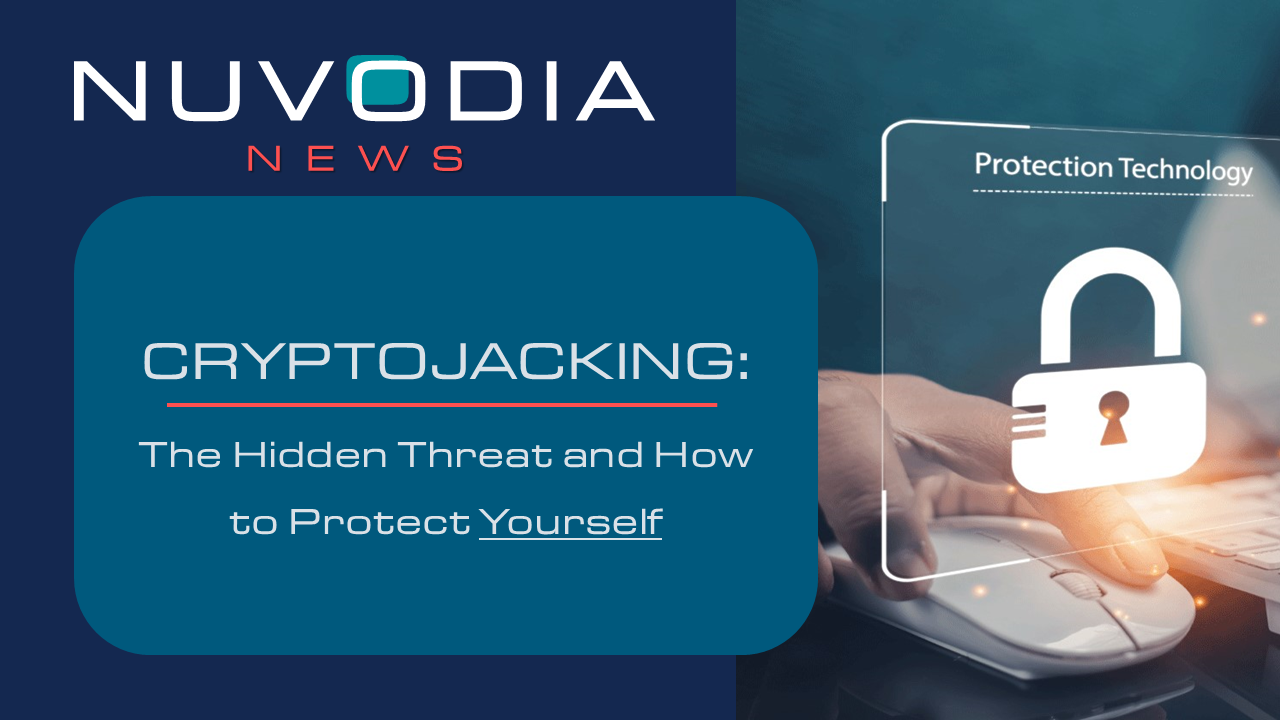As the digital age continues to evolve, so do the tactics of cybercriminals. One of the most underrated threats facing internet users today is cryptojacking. This malicious activity can significantly impact both individual users and organizations, and it is crucial to understand what cryptojacking is, its potential dangers, and effective strategies to protect oneself from becoming a victim. Stay informed to protect your online presence from cryptojacking!
How Does Cryptojacking Work?
Cryptojacking refers to the covert exploitation of a device’s processing power to mine cryptocurrencies such as Bitcoin or Monero without the owner’s consent. Cybercriminals typically execute this by embedding harmful scripts within websites or emails. Once a device is infected, these scripts operate in the background, consuming the computer’s CPU or GPU resources for mining purposes. This unauthorized use not only reduces the device’s performance but can also lead to hardware damage and increased energy costs, making it a serious concern for users.
The methods through which cryptojacking can infiltrate devices are varied. One common method is through infected websites; simply visiting a compromised site can trigger the automatic download of cryptojacking scripts. Phishing emails pose another significant threat, as clicking on malicious links or attachments can install cryptojacking malware on a device. Additionally, even legitimate-looking online advertisements can serve as unsuspected vectors for these harmful scripts, further emphasizing the need for caution while browsing the internet.
Recognizing the Signs of Cryptojacking includes:
Recognizing the signs of cryptojacking is essential for early detection and prevention. Symptoms such as reduced device performance, where the computer becomes unusually slow or unresponsive, are often indicative of cryptojacking activity. Overheating is another telltale sign; a noticeable increase in the device’s temperature or constant fan activity might suggest that its resources are being misappropriated. Moreover, users may experience increased power consumption, evident through sudden spikes in electricity bills or rapid battery drain, which can also be red flags for cryptojacking.
How to Protect Yourself From Cryptojacking
- Use Reliable Security Software: Install antivirus programs to detect cryptojacking.
- Keep Software Updated: Regularly update your operating system and apps.
- Be Wary of Phishing Attempts: Avoid clicking unknown links or attachments.
- Monitor Resource Usage: Check CPU usage for unexplained spikes.
- Educate Yourself and Others: Stay informed about cybersecurity threats.
In conclusion, cryptojacking represents a significant and often underestimated threat in today’s digital landscape. By understanding how it operates, recognizing the signs of an attack, and implementing robust security measures, individuals can protect their devices and sensitive data from this hidden menace. Staying vigilant and informed is key to safeguarding the digital environment against the persistent efforts of cybercriminals.
What’s Next?
As a Managed Service Provider, Nuvodia understands the best ways to ensure your company maintains data security and privacy best practices. If you’re curious about how we can support your business, consider scheduling a consultation with Nuvodia today.

